Who built the Centre International de Deauville ?
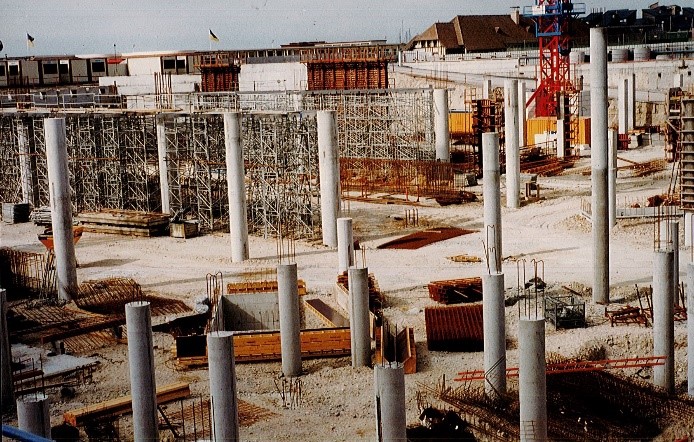
To answer the question “Who built the Centre International de Deauville?”, we must go back to the very origins of the birth of the seaside resort of Deauville.
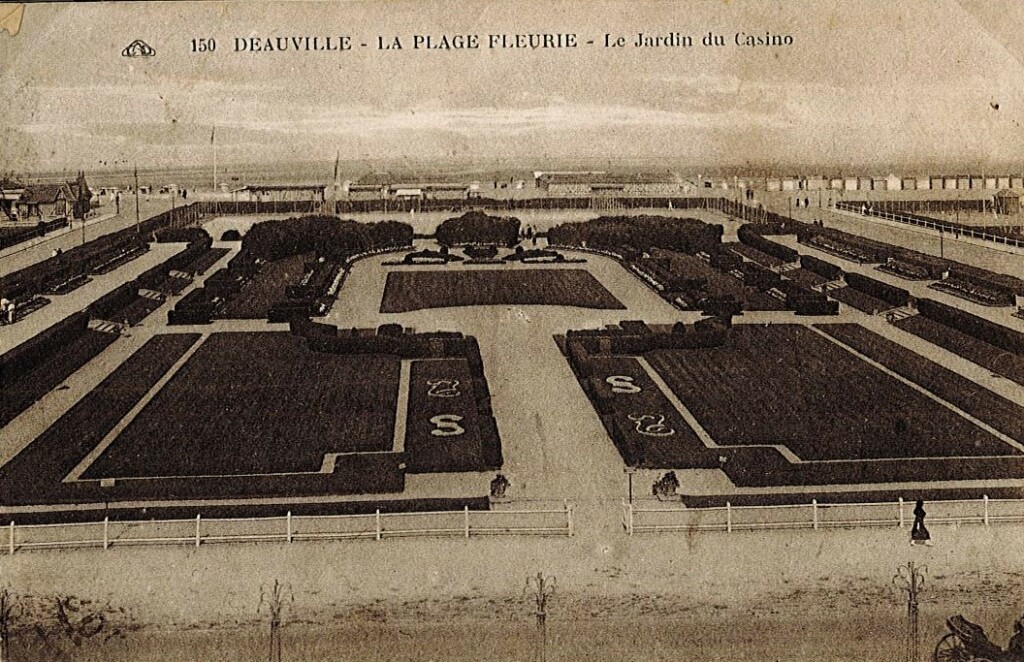
THE BIRTH OF DEAUVILLE
Deauville was born in 1858 around the church of Saint Laurent, in the heart of Normandy. At the time, it had only a hundred or so inhabitants, all located on the hill of Mont Canisy.
After a stay in Trouville-sur-mer, the Duke of Morny, half-brother of Napoleon III, fell under the charm of the marshes and the beach located next to this small village of the Côte Fleurie. He decided to acquire it in order to develop an ideal seaside resort. The Duke of Morny surrounded himself with an architect and a financier in order to make the future resort of Deauville elitist. He built the Deauville Casino, a racetrack, a commercial port and a railroad to facilitate access and develop activities within the city.
Deauville was built in only 4 years and the architecture of the seaside resort took shape. From the 1910s on, the most prestigious places in Deauville were created and designed by the French entrepreneur Eugène Cornuché:
As the years went by, the equestrian world became more and more popular. Golf and events such as the Deauville American Film Festival became more popular: this was one of the first steps towards extending the resort’s off-season activity.
Tourist development in Deauville
From 1965 to 1970, Deauville was one of the top 5 destinations for conferences and seminars in France. The city welcomed more and more professional meetings: from 1,000 to 3,000 conventioneers. Deauville adapted to the growing demand of business tourism clientele by installing tents on Eugène Cornuché Boulevard or in the parking lot of the Deauville La Touques racetrack. The city’s vocation became more and more important when it hosted major trade shows such as TOP RESA in 1978 and TOP COM in 1984.
Business tourism in Deauville
In 1987, the very attractive Destination Deauville received 35,305 conventioneers, but refused to host 14 conventions due to a lack of space; the city could not accommodate all the conventioneers.
The need for a place to host conventions and seminars was obvious with such a high level of tourism development, boosted by the city’s location in relation to the capital: Deauville is only 2 hours from Paris! Anne d’Ornano, the town’s mayor, wishes to set up new tourist products and further develop business tourism. She is planning to build a convention center in Deauville. Even though the hotel park already existed, it was an ambitious project for a seaside resort with only 3,000 inhabitants. It was clear that Deauville would become the destination for events in Normandy par excellence.
On December 30, 1988, a jury made up of Deauville residents, professionals and the city council chose local architect Patrick Le Goslès and the companies Quillery and Rufa, among others, to design and build the CITC: Centre International Touristique et Culturel. The initial project foresees a hall of 850 places and an underground parking of 1,200 places under the tennis courts.
After a study tour of convention centers in the United States and on the advice of the Americans, the plan for the Centre International de Deauville CID was modified: the extension of hall 3 under Avenue Lucien Barrière was decided upon and the large Michel d’Ornano auditorium was increased from 850 to nearly 1,500 seats.
Building a convention center in Deauville
The building permit is granted, the Deauville Convention Center will be semi-underground. The Deauville Convention Center will be 14 meters below sea level and no higher than 3.5 meters above ground to preserve the view and the beauty of the Normandy shoreline. The groundbreaking ceremony took place on January 2, 1991 in the former Casino gardens. More than 150,000 m³ of sand and gravel were removed.
In February 1991, the foundation piles of the establishment were laid and the two main beams were installed.
During the construction, a promontory was installed to allow the public to follow the progress of the work and a frieze was specially created by Michel Deschamps covering the whole of the CID’s surroundings. This visual corresponds to a simulation of the sketches, revealing the future silhouette of the Normandy Convention Centre.


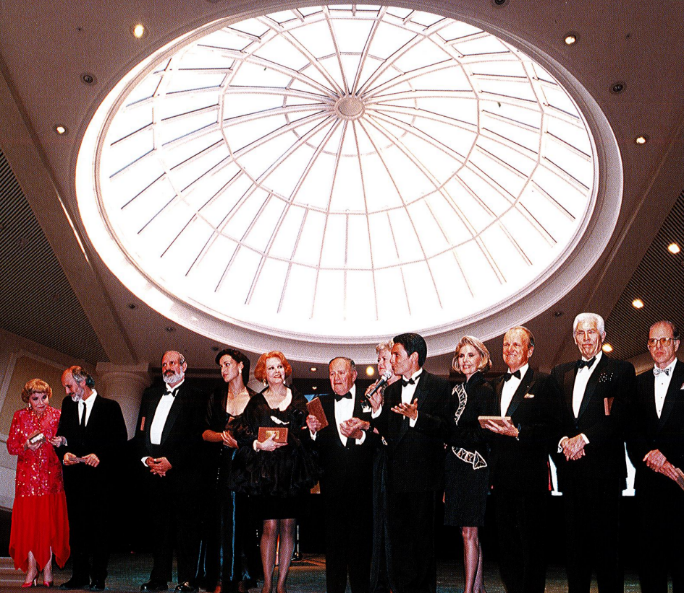
The CID’s Michel d’Ornano auditorium was delivered in December 1991, followed by the creation of a “Casino Gallery” tunnel under the Boulevard Cornuché that directly connects the Deauville Casino and the Centre International de Deauville.
DISCOVER THE PRESTIGIOUS SPACES OF THE CID
In March 1992, the decorating companies took over the Normandy convention center and created the identity and prestigious, upscale atmosphere of the CID, based on the color scheme chosen to represent the Destination Deauville: blue/gray, green and beige.
This large-scale project aroused curiosity, and tours open to the public and guided by Hubert Moisy and Patrick Le Goslès, the project architect, began in the spring of 1992.
In total, the construction of the Centre International de Deauville will have cost more than 250 million francs (nearly 55 million euros), 350,000 hours of work and nearly 400 men at peak times.
Avenue Lucien Barrière was inaugurated on August 29, 1992 by Anne d’Ornano and Diane Barrière-Desseigne. The inauguration of the Centre International de Deauville took place on September 4, 1992: Actor, director and film producer Clint Eastwood came to present his new film, Merciless, at the XXth Deauville American Film Festival.
YOUR ECORESPONSIBLE EVENT IN NORMANDY
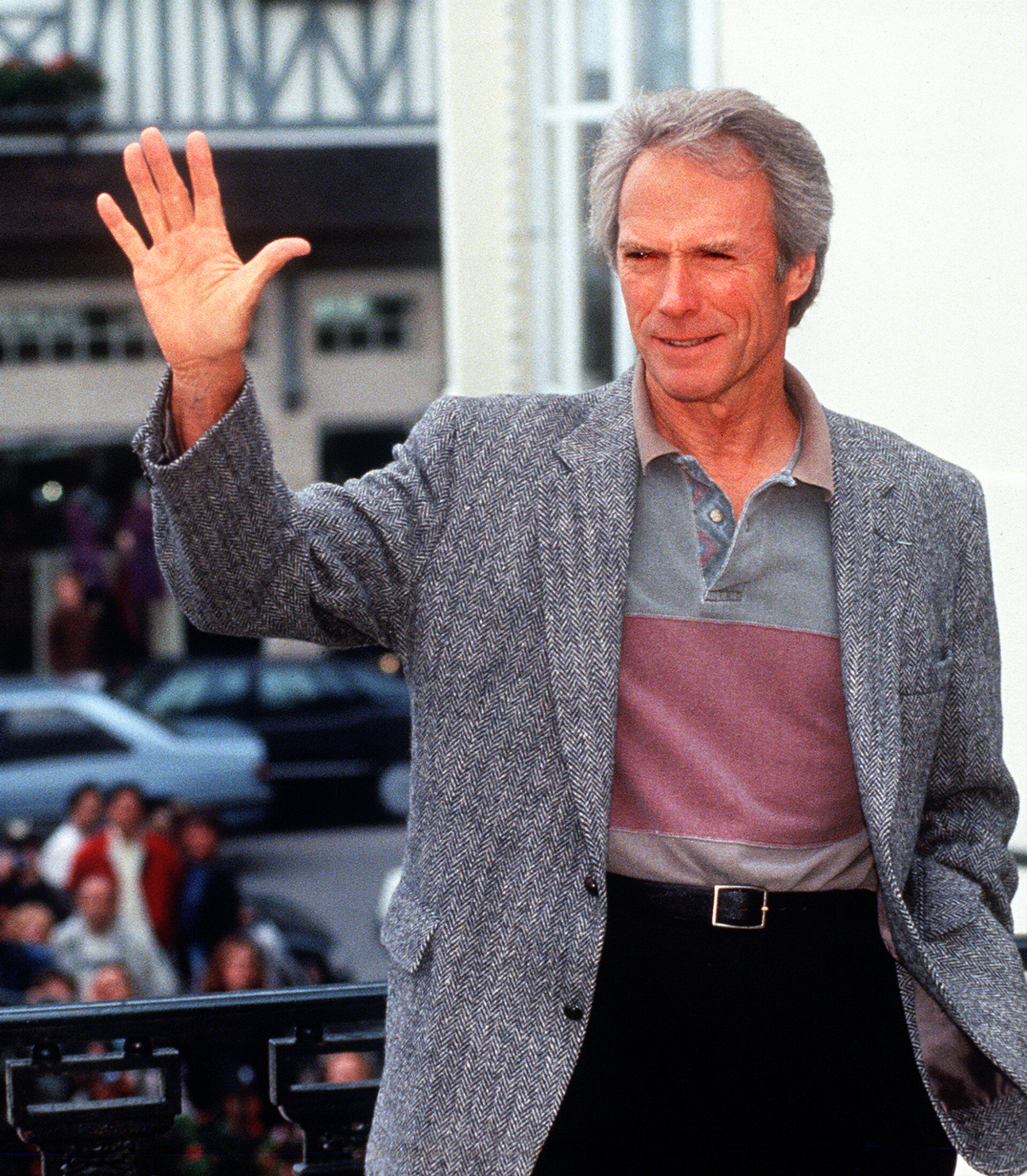
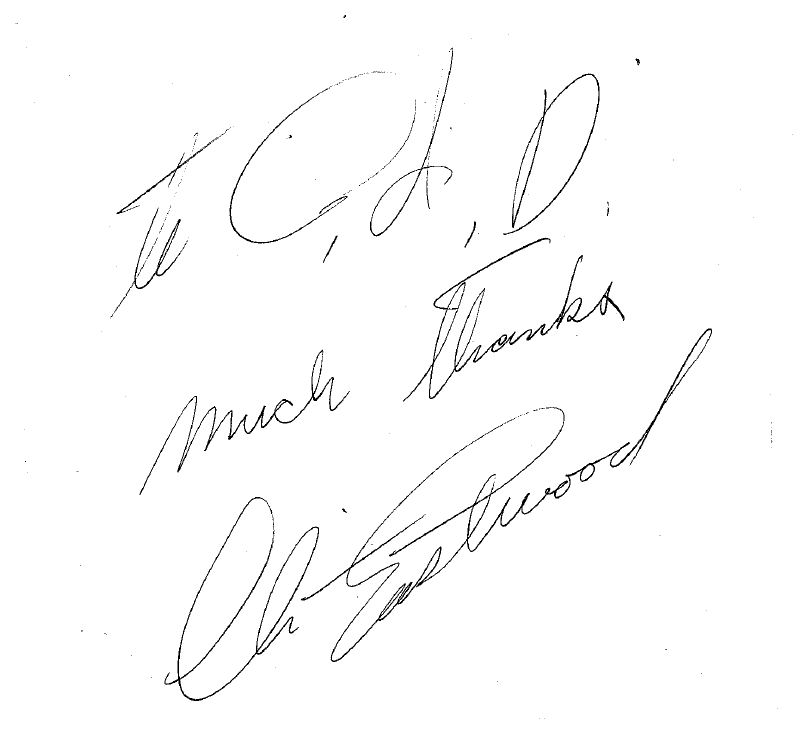
The Centre International de Deauville today
The Centre International de Deauville, also known as the CID, is the temple of American cinema in France, it is part of its DNA. The world’s greatest actors have descended its marble staircases and sat in the seats of the Michel d’Ornano auditorium.
The Palais des Congrès in Normandy continues its mission of renting out spaces and creating events:
- Congresses, conventions, seminars, symposiums, trade shows
- Company anniversaries, gala evenings,
- Incentive and team-building,
- Product launches,
- Professional meetings,
- Shows, festivals…
The CID event team works passionately to make each event unique and memorable for all clients. The bold and well thought-out architecture of the Côte Fleurie Convention Center still makes it a must for business tourism in Normandy.